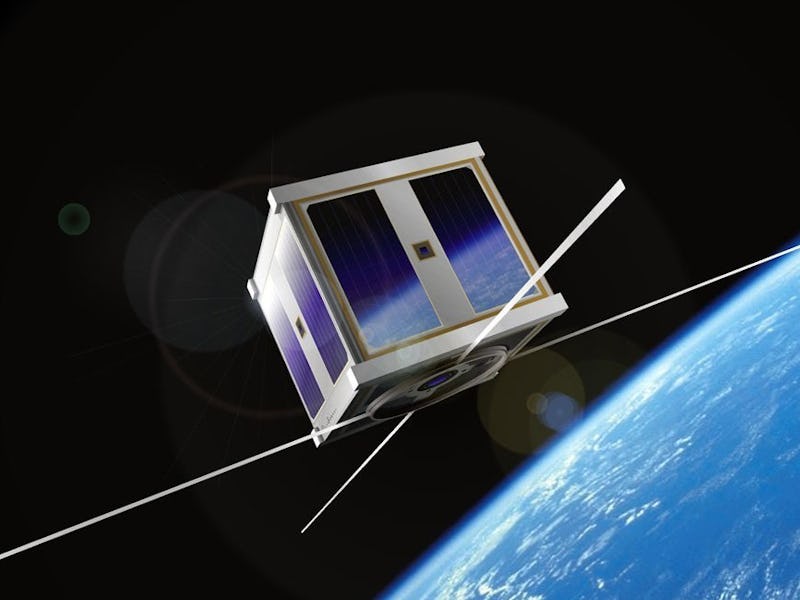
Teeny-tiny satellites — maybe built by students or start-ups — are going to democratize space.
That was the message during the “interplanetary” segment of the White House Frontiers Conference on Thursday, as a few of the nation’s great space brains shared ideas on how to make space available to the masses.
Rod Roddenberry, son of Star Trek creator Gene Roddenberry, jumpstarted the session with an observation about the long-running series that has always offered us an optimistic view of the future — where humans have broken the bonds of Earth and spread across the solar system.
In reality, we’ve only just begun to branch out. Space is expensive, and until recently, it has seemed largely unattainable unless you’re a large government agency like NASA — mostly because it feels hard to get to, but that’s not the case. Private companies want in, and through government partnerships, they are reducing costs while driving innovation.
One example of this tiny communications satellite is the “CubeSat,” which could fit in a person’s hand and have been crowd-funded on Kickstarter.
Through these collaboration efforts, space will soon be accessible to more people. However, that doesn’t mean we all get to be astronauts — at least not yet. It means we should start small. (As in small satellites.)
Just like with the computer and the cellular telephone, satellite technology is rapidly changing (and shrinking). As satellites become smaller, the cost of materials goes down, making them more affordable to more people to construct and launch.
These tiny satellites may not seem like much, but they are crucial to our future. With their help, we could truly connect the globe by using them to providing ubiquitous, high-speed internet to everyone.
But that’s not all. They can also tell us a lot about our home. George Whitesides, CEO of Virgin Galactic, who hopes to begin launching these types of satellites in the next few years, explained that by studying our own blue marble from space, we can better understand our own planet, and begin to answer the questions that have persisted for millennia — like, “Are we alone?”
“The Earth is essentially our own spaceship and life support system,” Whitesides said. “When the first pictures of the Earth were beamed back from space, it opened our eyes to the uniqueness and beauty of our planet.”
To help foster new opportunities, the federal government has also allocated $50 million in funding for the production of a fleet of small satellites. This is simply the first step in making it tangible for businesses, smaller countries, and ordinary citizens.